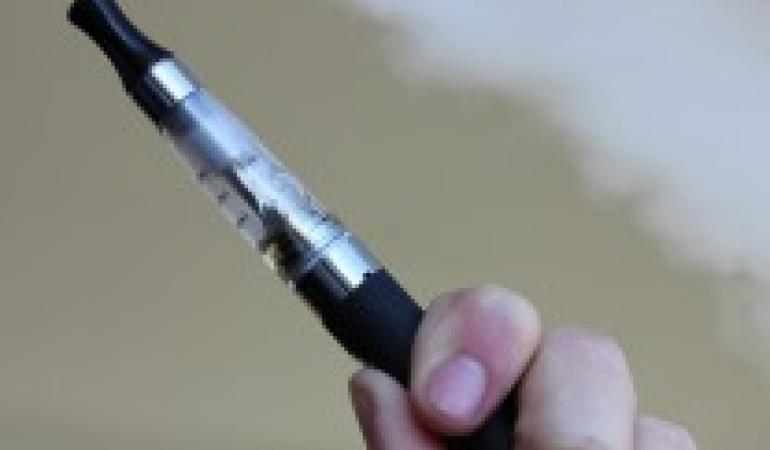
To assess the effects on the health of users of alternative tobacco products, more knowledge is required about the composition of the product, the smoker’s behaviour (such as the amount of cigarettes smoked or how deeply the smoke is inhaled) and the health effects of the product. Therefore, RIVM has made a first assessment of these so-called harm reduction products and the current knowledge on their use and health effects. Harm reduction products are products which are said to be less harmful to users’ health than normal tobacco (cigarettes, cigars and pipe tobacco).
Stopping smoking greatly benefits health and is the preferred option, yet many people still smoke. The tobacco industry markets products that are directly or indirectly claimed to be less harmful than conventional tobacco products. Examples of harm reduction products are e-cigarettes and tobacco that is heated but not burned (heat not burn) and cigarettes with adapted filter or reduced amounts of nicotine. The opinions on these so-called harm reduction products differ because for most products the short- and long-term effects on the health of the user are not clear yet.
Harm reduction
Despite the assumption that they are less harmful than cigarettes, harm reduction products are still harmful for the user's health as well. By using harm reduction products, users inhale other – potentially harmful – substances or they inhale the same substances in other quantities. Most of these products are fairly new, which is why adequate knowledge is missing to assess the precise health effects. For example, the long-term effects and the effects on the population as a whole are still unclear. More data are needed, such as on the smoking behaviour of the user, in order to fully assess their harmfulness.
Proponents and opponents
Proponents of harm reduction products believe that inveterate smokers are better of using these products than when smoking conventional tobacco. Opponents fear that non-smokers will start using them due to their less harmful image. An additional concern is that they may serve as a gateway to the use of conventional tobacco products, or could prevent people to quit smoking, or undo the negative image of smoking as 'stupid and unhealthy' (renormalisation).